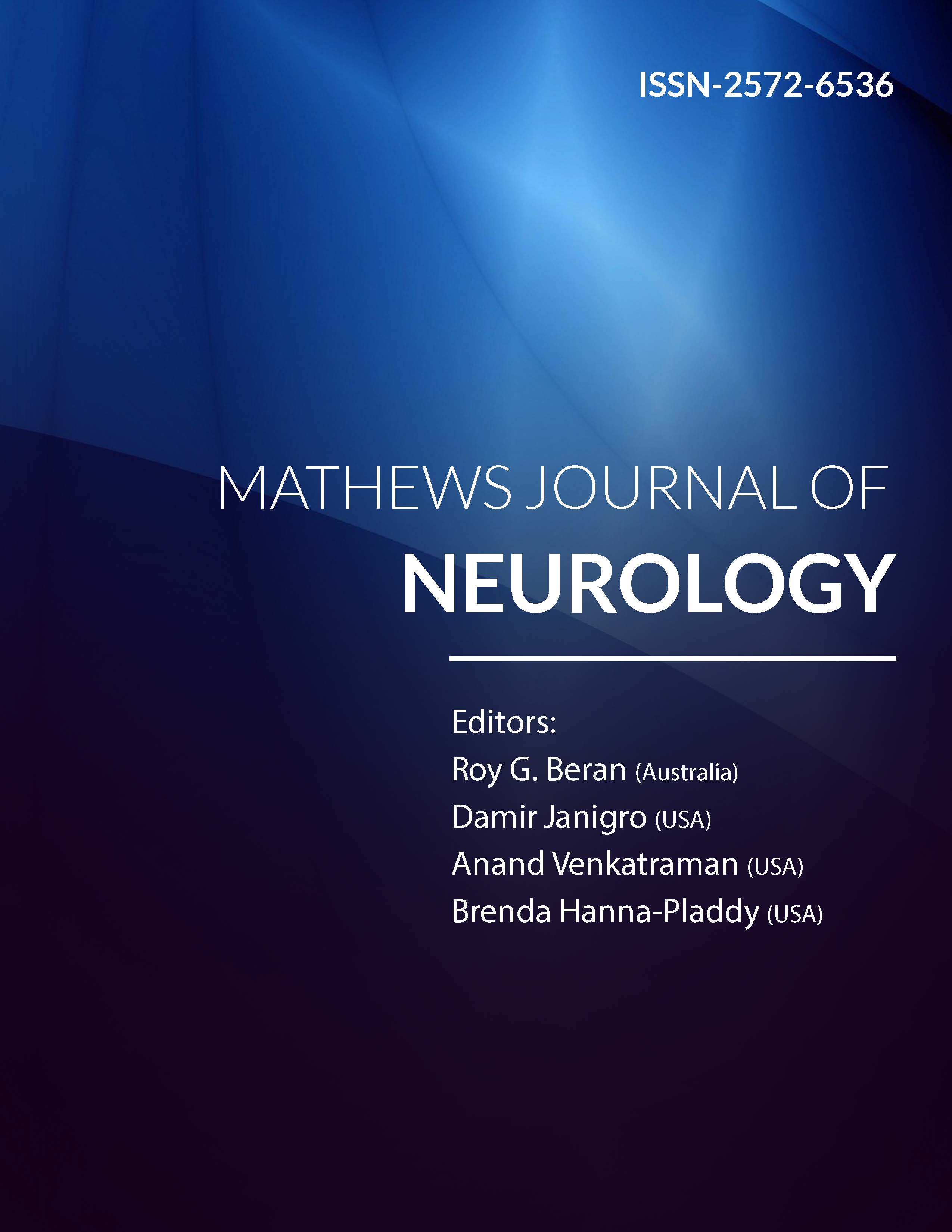
Information Links
Previous Issues Volume 1, Issue 1 - 2016
MEG Evaluation of the Function of Alpha and Beta Rhythms After Visual Stimulation
Photios Anninos1, Athanasia Kotini1, Adam Adamopoulos1, Triandafillos Gemousakakis1
1Lab of Medical Physics, School of Medicine, Democritus University of Thrace, University Campus, Dragana, Alexandroupoli, 68100,Greece.
Corresponding Author: Photios Anninos, Em. Professor, Lab of Medical Physics, School of Medicine, Democritus University of Thrace, University Campus, Dragana, Alexandroupoli, 68100, Greece, Tel: +30 2531 039000;
E-Mail: [email protected]
Received Date: 22 Aug 2016
Accepted Date: 24 Sep 2016
Published Date: 28 Sep 2016
Copyright © 2016 Anninos P
Citation: Anninos P, Kotini A, Adamopoulos A and Gemousakakis T. (2016). MEG Evaluation of the Function of Alpha and Beta Rhythms After Visual Stimulation. Mathews J Neurol. 1(1): 004.
ABSTRACT
Objective: In this study, we investigated the function of alpha and beta rhythms after visual stimulation using Magnetoencephalography (MEG) recordings.
Materials And Methods: Ten (10) Caucasian healthy volunteers (6 female, 4 male) aged (mean: 37.6±5.3) participated in the study. The subjects were measured with a 122-channel MEG system in a magnetically shielded room of low magnetic noise. We applied Fast Fourier Transform to all channels and evaluated the alpha and beta rhythm of the volunteers before and after visual stimulation.
Results: Before stimulation, the alpha rhythm was located at the occipital lobe due to mental relaxation and blocked attention. We observed also an activation of the beta rhythm at the frequency range 19-25 Hz due to thought processes. After stimulation, we observed an intense MEG field with a spread of the alpha and beta rhythms throughout the brain without specific location. The decrease in the alpha and beta rhythms is due to the stimulus because each stimulus entering the brain is maintained for a certain period of time representing the short-term memory of the particular stimulus.
Conclusion: The results suggest that the MEG is a efficacious modality in the investigation of alpha and beta rhythms after visual stimulation. This cortical activation might have applicability in modulation of brain status. This might be important to patients' groups because the alpha rhythm could be used as a neurophysiological marker for the activity of the pineal gland.
KEYWORDS
Meg; Visual Stimulation; Alpha Rhythm; Beta Rhythm.